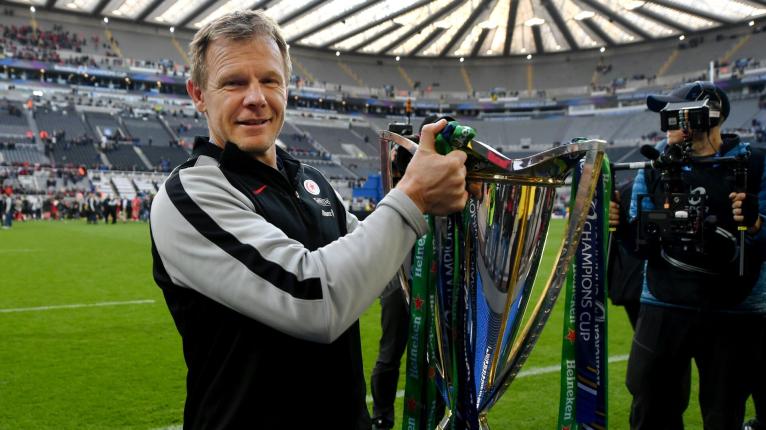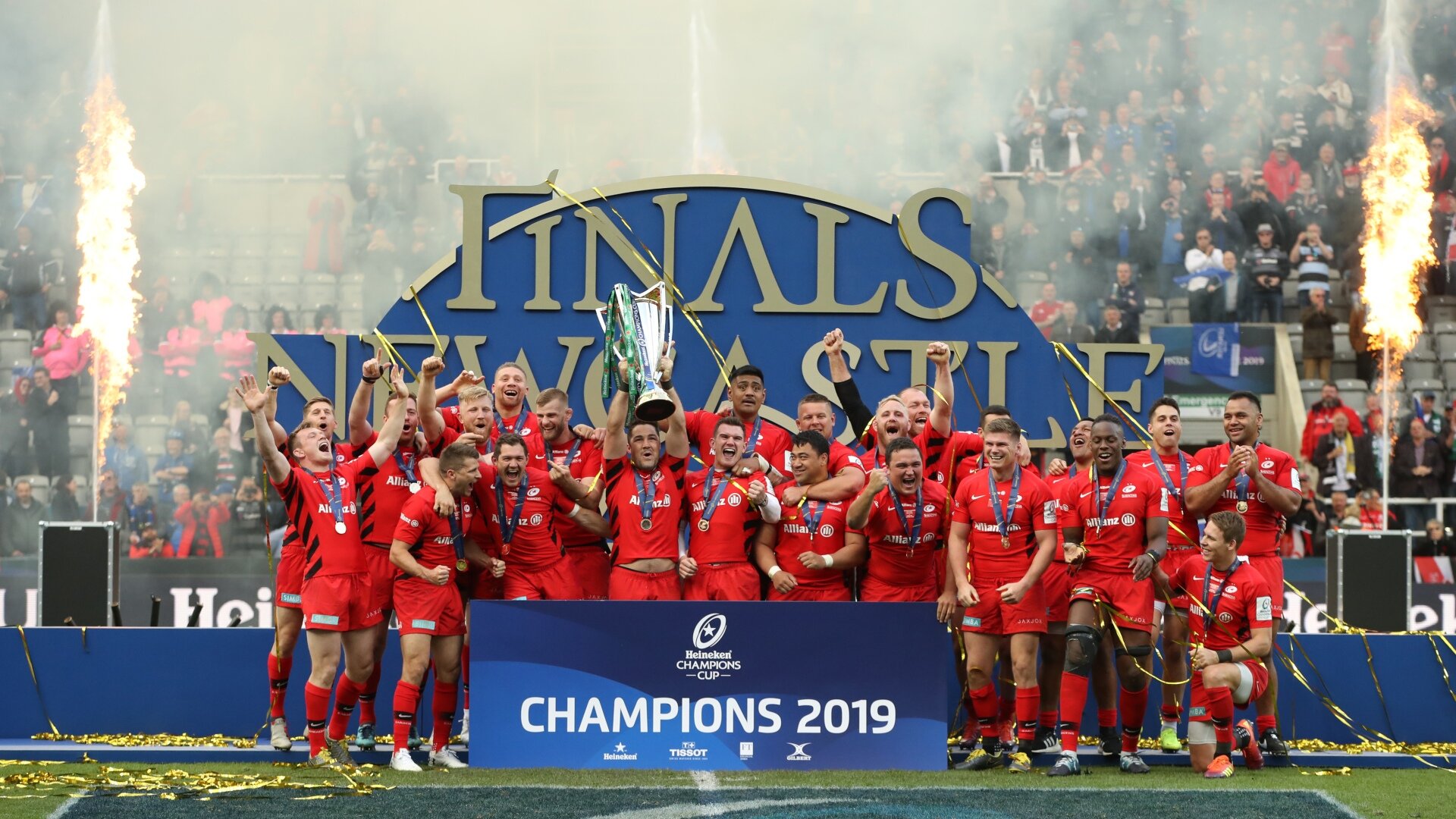Champions Cup draw: Permutations and potential 'pools of death'

The 2018/19 northern hemisphere seasons may feel as though they have only just finished, but the 2019/20 campaigns will be the focus of the rugby world on Wednesday, as the Heineken Champions Cup draw is made.
The draw, which takes place in Lausanne, Switzerland, sees the top 20 sides in European competition last season separated into seven different seedings, which will then be used to organise the teams into four tiers, with each tier consisting of five teams. One team from each tier will then be drawn into the five pools.
Saracens, Leinster and Toulouse, as league winners, are automatically included in the top tier, where they will be joined by two of Exeter Chiefs, Glasgow Warriors and Clermont. One of these three will drop down into tier two, where they will join the three third-seeded teams, as well as the fourth-seeded team from the same league competition as the second seed who drops down.

For example, should Clermont not be included in the top tier, they will drop down to tier two with the third-seeded sides – Gloucester, Munster and Lyon – and that will ensure that La Rochelle, the fourth-seeded side from France, are included in tier two also.
The third seeds alongside La Rochelle are Northampton Saints and Ulster, with two of these sides then joining the fifth-seeded sides, Harlequins, Connacht and Racing 92, in the third tier. The fourth tier has already been decided, with sixth seeds Bath, Benetton and Montpellier and seventh seeds Sale Sharks and Ospreys making up the final tier.
Each pool will consist of at least one team from each of the three competing leagues, whilst the duplicate teams from the same league will not occur until the fourth and final tier is drawn. In regard to the Guinness PRO14, no team from the same nation will compete in the same pool in the Champions Cup.
The process potentially creates some particularly appetising pools for next season, with the ever-popular ‘Pool of Death’ moniker certainly appropriate for some of the possible combinations.
Reigning champions Saracens could be drawn alongside Munster, Racing 92 and Montpellier, should the balls fall in the right order, creating a pool with zero scope for error or any possibility to take their feet off the gas.
Likewise, Leinster could find themselves in a pool with Clermont, Harlequins and Montpellier, with Montpellier one of the teams that other clubs will be eager to avoid in the fourth tier.
South African rugby fans may not yet be able to enjoy the Cheetahs or the Southern Kings taking part in the competition, but there will be plenty of interest for them in terms of players. Tier two sides Gloucester and Munster, who both boast plenty of South Africans, could face off against Sale Sharks or Montpellier in tier four, who have similar African influence.
Inevitably, there are some sides which teams will be hoping to match up with, such as Benetton in tier four. The Italian side have come on significantly over the last few years, but they will still be viewed as an enviable draw in tier four, as could the Ospreys or Sale, who will be bedding in plenty of new players. Connacht could be on certain clubs’ wishlists in tier three, whilst Northampton Saints, still in their infancy under Chris Boyd, could be seen as a nice draw in tier two, should they end up there.
Toulouse could draw a group of Northampton, Connacht and Benetton or Ospreys should the tiers align, something which, whilst still testing, would probably be embraced by the recent French champions.
Rather appropriately, the three most successful sides in the competition’s history, Leinster (4), Toulouse (4) and Saracens (3), are all assured of their top tier status and will be kept separate throughout the pool stage. At the other end of the spectrum, the Champions Cup draw will unlikely put too many smiles on faces in Italy and Wales, with those nations only having one representative apiece and both of those teams guaranteed to be in the bottom tier of teams.
Champions Cup draw tiers and seedings in full:
Tier 1 and 1st seeds – Saracens, Leinster and Toulouse
2nd seeds – Exeter Chiefs, Glasgow Warriors and Clermont
Tier 2 and 3rd seeds – Gloucester, Munster and Lyon
4th seeds – Northampton Saints, Ulster and La Rochelle
Tier 3 and 5th seeds – Harlequins, Connacht and Racing 92
Tier 4 and 6th and 7th seeds – Bath, Benetton, Montpellier, Sale Sharks and Ospreys
Watch: ‘Going Pro’

































